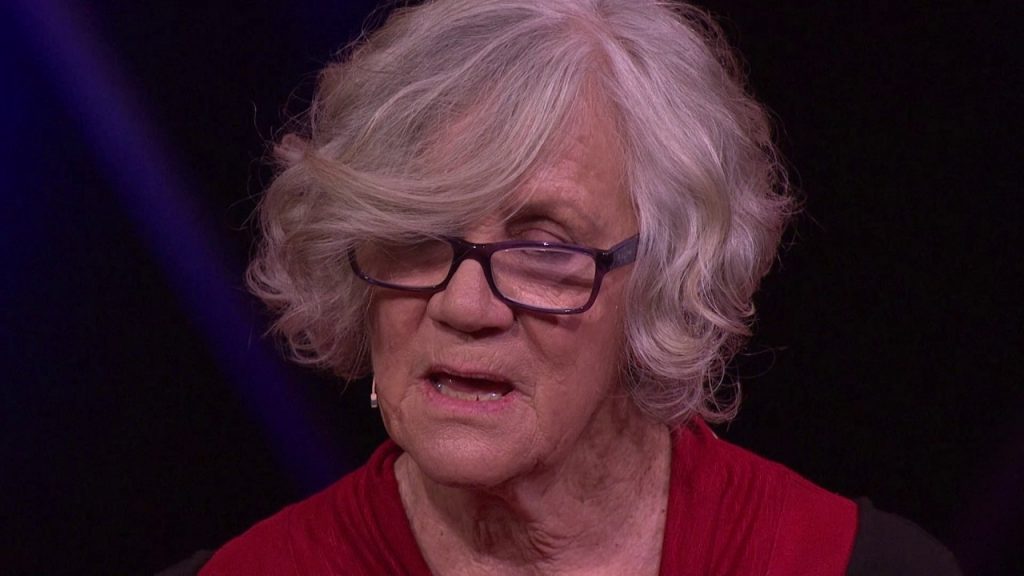In past blogs, I have described the enormous impact that Judy Atkinson and her book Trauma Trails: Recreating Song Lines – The Transgenerational Effects of Trauma in Indigenous Australia had on my personal beliefs and on the work I do. In her book, Judy describes various elements related to healing revealed by her seminal research. I have included details here, so the reader can gain a better appreciations of Aboriginal healing practices.
Healing as an awakening: ‘Healing as awakening refers to the phenomenon of people becoming increasingly conscious of their own needs in multiple domains of their individual and collective existence, and of an acknowledgement that these needs were unmet.’
Healing as an experience of safety: ‘The healing of trauma requires the establishment of an environment of safety, without judgement or prejudice… Cultural safety is the identification a person makes with factors that are derived from the culture, belief systems or worldviews that allow them to feel safe while being with those to whom they have gone to help.’
Healing as community support: ‘… trauma healing requires a supportive environment with people who care. Supportive families are vital in healthy healing, and, if not a supportive family, at least people who have been through or understand what the person is going through.’
Rebuilding a sense of family and community in healing: ‘… the single most important restorative need for people who have been victimised is a supportive and caring family and community.’
Healing as ever-deepening self-knowledge: ‘… healing at its most fundamental level is an ever-deepening knowledge, of the deep structure of the self and the layered and multiple parts of who the person is, at both biographical and transpersonal levels, culturally and spiritually.’
The use of ceremony in healing: ‘The purpose of ceremonies is through action and meaning-making. Ceremony is the observance of practice of a ritual which gives meaning to aspects of the life story. Telling and listening to stories can be ceremonial and therefore healing. In ceremonies we celebrate the awareness of our lives as sacred.’
Cultural and spiritual identity in healing: ‘… many people were already searching for meaning and life purpose, and this search was connected to cultural and spiritual identity. In seeking a cultural and spiritual identity they were looking outside themselves as this society teaches us to do. They had not come to understand that the essence of “who they are” is an articulation of both their cultural and spiritual being. The story is present but the value is not acknowledged. It is this aspect of healing from trauma that needs to be built on…’
Healing as transformation and transcendence: ‘… healing is a process of transformation and transcendence. It is the ever-unfolding knowledge of the Self. In the process of transformation the Self is viewed with acceptance and compassion and a curiosity towards the change process. With the knowledge that change is possible must come the knowledge of choices and an access to services relevant to the transformation process. The desire to change can then be met.’
Integration in healing: ‘… in many cases people had lost their knowledge of the whole Self and their sense of life purpose [arising from trauma]. Initially, people felt that life had no meaning; often they were in a crisis of cultural and spiritual identity. This changed during the time they worked together.’ [during the healing process]


